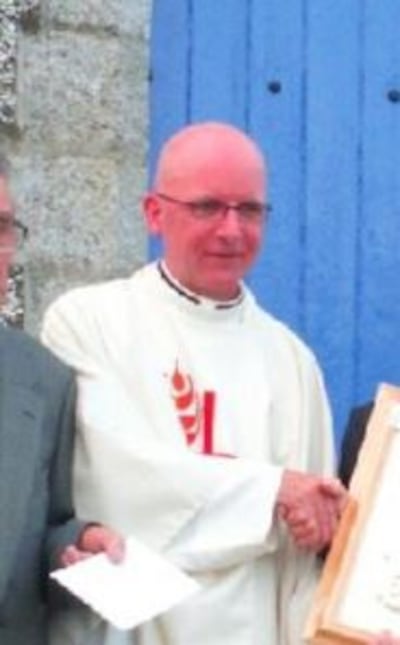Our politicians weren’t given a blueprint for the Covid-19 pandemic. It would be unreasonable to expect them to handle an unprecedented, mutating situation in an ordered, linear way. But the gravity of the hour does not place anyone above criticism, and unquestioning acceptance is not the only expression of loyalty.
Certain aspects of the partial easing of Covid-19 restrictions, due to begin on April 5th, are questionable, and while questions can be deflected with platitudes, if they are not even raised then democracy becomes still more fragile than it has already been rendered during the past year.

Consider the timing. The Catholic bishops ask the Government for permission to resume public worship for Holy Week and Easter, the most important time on the Christian calendar.
A few days later, after reassurances from the Taoiseach of consideration and continued dialogue, the Government makes it known that public worship is among the activities that may be considered for resumption some time during the period beginning April 5th. . . the day after Easter.
What is it about the day after Easter? Is there some symbolic significance to beginning a partial reopening on a bank holiday, a day on which, incidentally, people tend to get together?
And what is it about the first four days of April – Holy Thursday, Good Friday, Holy Saturday and Easter Sunday? Why could it not be regarded as fitting that on those solemn days, limited numbers of Christians should gather in their churches, subject to all the careful procedures and protocols put in place after the first lockdown?
What is the epidemiological significance of those first days of April? How is it that we will all be so much safer for having continued to outlaw scrupulously controlled and sanitised public worship for those days?
People of faith do not look to Government for worship substitutes
Our Government professes itself to be increasingly concerned with the mental health of the population, but from where does it imagine that people derive resilience? Dulcet-toned public-health announcements directing us to websites ending with ‘gov.ie’ may have a part to play, but public worship plays an undeniable role in public wellbeing.
Furthermore, the benefits of worship are not confined to those who engage in it; there is a positive contagion associated with hope-restoring rituals and moments of serenity.
Allies
So why not, in conversation with religious leaders, consider how faith and religious practice might be recruited as allies, rather than promising (as the Government’s ‘Resilience and Recovery’ document rather bizarrely does) to reach out to those whose wellbeing has been compromised by the swingeing suspension of worship?
I’m afraid this shows a parlous ignorance of the mindset of a great number of citizens. People of faith do not look to Government for worship substitutes.
Just what is at issue in the rigid approach to public worship, and the failure to engage with faith as an ally? Is the cultural memory of past Irish bishops attempting to wield political influence so vivid that even the most tentative representation today stirs up feelings of resentment and indignation?
Is it that our politicians feel the need to assert their impeccably secular credentials in a muscular way? One would hope for a more mature secularism, yet the questions remain.
Could it be that the fact that committed Catholics can make outstanding citizens cuts across the prevailing liberal narrative?
Perhaps political rigidity around public worship is becoming a habit. After the first lockdown, the Government was unnecessarily cautious in reimposing a suspension of public worship, as it had become clear that the church was taking every possible precaution and following health guidelines to the letter and beyond.
The second suspension of worship ignored the fact that an army of volunteers had been raised from among the faithful – cleaners, ushers, monitors and more. They had been recruited, trained, briefed and deployed in short order.
But the fact that this level of citizenly co-operation was quickly and easily sourced from among those who take their Catholic faith seriously did not seem to register then, and does not seem to register now, in the deliberations of Government.
Could it be that the fact that committed Catholics can make outstanding citizens cuts across the prevailing liberal narrative? Is the fine example of so many card-carrying, practising Catholics a bit embarrassingly fine to be woven into the narrative of a post-Catholic Ireland? Is it more politically expedient to keep the focus on tensions between Catholicism and the State?
These are, of course, uncomfortable questions. But they are hardly out of place in the face of what appears to be a steadfast refusal by Government to engage with the resilience-fostering potential of faith and worship.


















